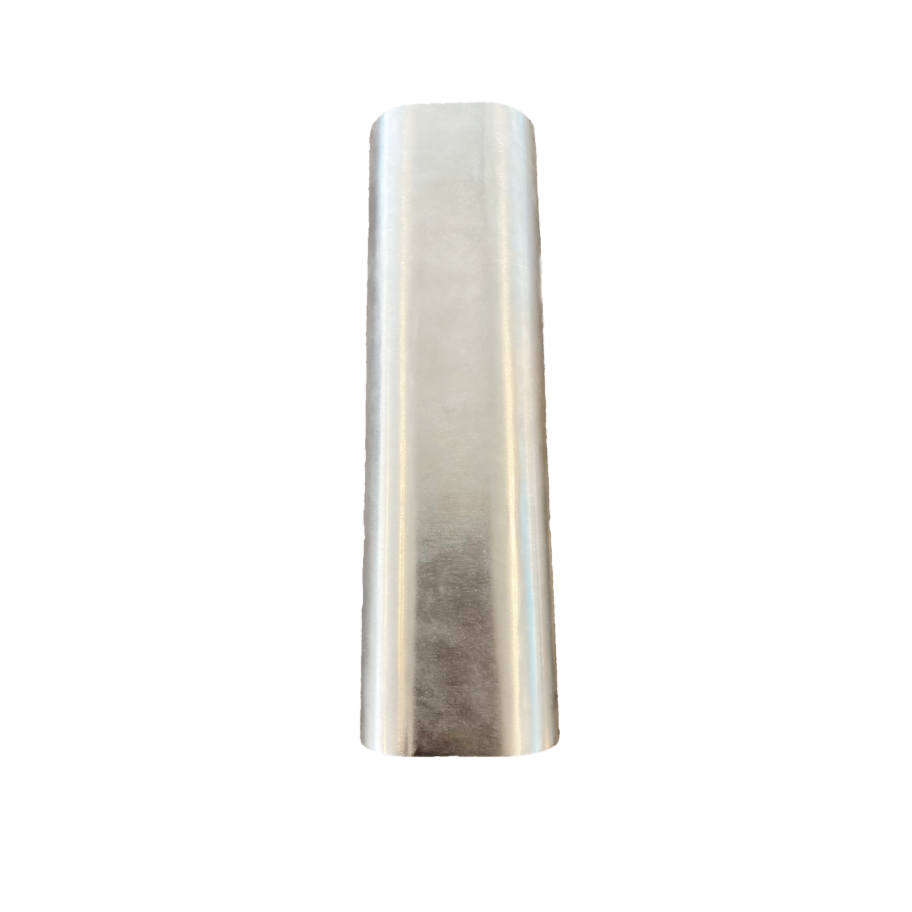Parts Identification
-

Arm Pivot
The arm pivot (located behind the shroud) allows the chair to swing out. It is also equipped with the Slow Return & Soft Stop system. This system is engineered to slowly return the chairs to a resting position, gently stopping the chairs before they can strike the counter top.
-

Arm
The arm supports the Suspended bar stool and connects the chair to the bar frame. The arm pivots within the bar frame, allowing it to pull away from the counter for easy access onto the bar stool.
-

Bar Frame
The Bar frame is the support structure for the Suspend-It Seating bar stools. The bar frame only attaches to the floor and is completely independent of the cabinets and the counter top. Suspend-It seating is rated to hold up to 500 pounds per chair.
-

Seat Pivot
The seat pivot is attached to the bottom of the bar stool and the arm. The seat pivot allows the bar stool to smoothly turn to a comfortable position allowing easy entrance or exit from the suspended bar stool.
-

Shroud
The shroud is a decorative cover that fits snuggly onto the front of the bar frame. The shroud also gives the finished look to the bar frame and covers the moving parts to keep fingers safe.
Feet
The feet of the Standard Foot Bar Frame are concealed inside the foot box. The feet of the Inverted foot Bar Frame are inverted under the cabinet box and attached to the floor. The Inverted Foot Bar Frame must be set into place before the cabinets are set.
Covered Post Standard Feet
This style of bar frame is most commonly used in new construction or remodels. The bar frame is hidden behind the back panel of the cabinetry in the 3 ½" wide “dead space” that has been built into the cabinets. This design requires that a foot box be built to cover the bar frame feet. The foot box is also used as a foot rest and can be covered to match your kitchen flooring.
Covered Post Inverted Feet
This style of bar frame can only be used in new construction or remodels where the base cabinets have been removed. The feet of the bar frames are attached to the floor before the cabinets are set into place. The cabinets are then installed, covering the inverted foot within the toe kick of the cabinet box. This eliminates the need for a foot box. However, a foot rail (not supplied by Suspend-It) is recommended for standard height or raised counters. This will make the chairs more comfortable by providing a place for the chair occupant to rest their feet. Inverted foot bar frames can also be used when using dropped counters. In this case, a foot rail may not be necessary.
Please note: The Inverted foot bar frames are more difficult to install. They will require more time work to properly attach the bar frame to the floor. It is necessary to reinforce the floor and the floor joists when installing inverted foot bar frames. Inverted feet bar frames are best installed when there is easy access to the underside of the floor below where they are to be installed. Please consult a qualified contractor for specific advice about your particular floor joist system before installing inverted foot bar frames.
Exposed Post Standard Feet
This bar frame style is ideal for adding Suspend-It Seating bar stools to your existing kitchen counter or wet bar. The bar frame is custom built to fit in front of the existing back panel and under your existing counter top. The bar frame is then painted or powder coated in your color choice to match your kitchen or bar. A foot box is then built to cover the bar frame feet. This box is used as a foot rest and can be covered with flooring to match your kitchen and dining room floor.



